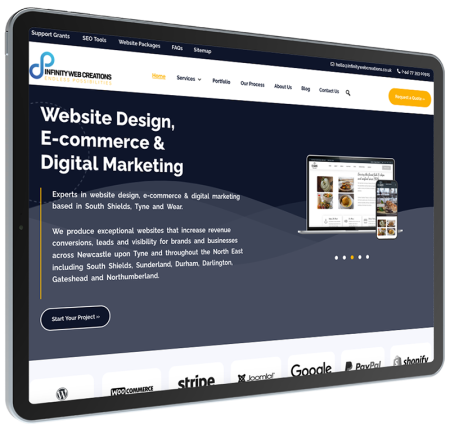A Guide to implementing Best Practices for E-Commerce Website Design
As the world becomes more digital, with the internet being the platform for most activities that were traditionally carried out physically, e-commerce has become an essential player in the business world. The e-commerce sector has seen tremendous growth over the past few years, and online shops have become significant sources of revenue for many businesses large or small.
However, with the rise of the e-commerce industry comes a new level of competition in the digital world, making I even more challenging for small businesses to gain a foothold in this market. The balance between creativity and function that determines the overall UI design of your online store can make all the difference to potential customers, urging them towards a purchase o leaving them uninterested.
A well-though-out strategy will be paramount to establishing a successful online e-commerce presence, starting with your website design. In this article, we will cover the best practices for e-commerce website design that will help you stand out from your competition, increase your sales and help your customers easily find what they need.
1. Optimise for Mobile
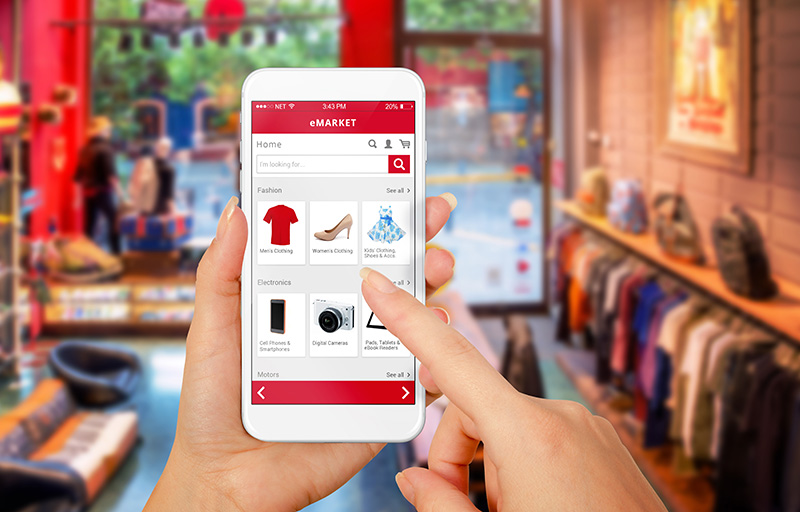
In recent years, there has been a significant shift in the way people shop online. The purchase of Smartphones and other mobile devices have increased, transforming how consumers interact with online stores. Research shows that more people access e-commerce websites on the go via their mobile devices than desktops or laptops.
Optimizing your website’s UI design for mobile devices can enhance a customers’ user experience, improving the chances o making a successful transaction. It also helps to consider how your online store’s products are displayed. For instance, you need to ensure that images of the products are of high resolution and visitors can zoom into the image for a closer look at possible detail.
2. Design a Simple & Intuitive Interface
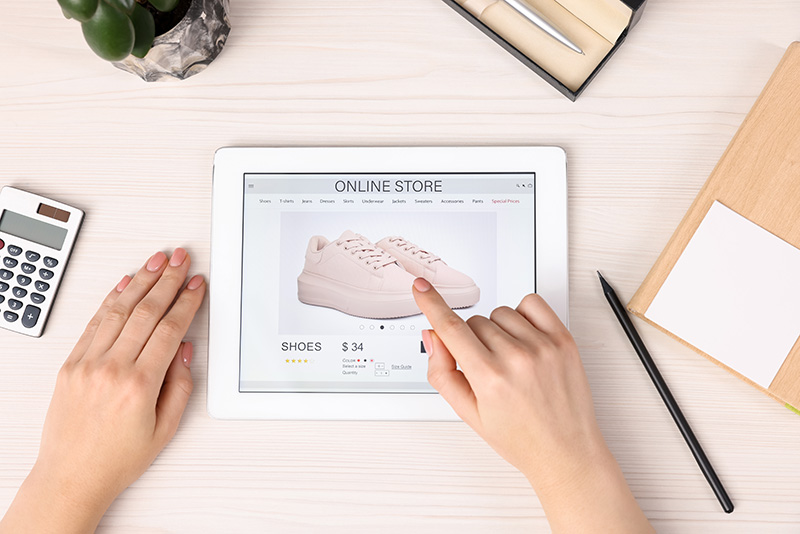
Another best practice for e-commerce website design is to keep your interface/navigation clean and straightforward, allowing users to navigate without confusion. The interface should be designed intuitively, giving users an easy time browsing for their desired products or services and completing their purchase. (Rule of thumb is that your potential customer should be able to find what they want within approx 3 clicks)
Your online store’s layout should also have an e-commerce menu outlining essential navigation options and categories of products, enabling users to locate what they need quickly and with ease. Additionally, ensure easy accessibility to their shopping cart and proceed to checkout not hidden.
3. Use of High-Quality Images

The use of visuals is essential when designing an e-commerce website. Images play a significant role in driving conversion rates and sales (a picture paints a thousand words). Potential customers want to see products in detail, from different angles, and in various lighting conditions. Using high-quality images captures a customers’ attention and builds trust in the product’s quality.
Product photos should be taken professionally wherever possible, with clear and bright lighting, white or light-colored background, and showing the details of the item being sold. Be sure to include zoom functionality and alternate images to ensure the user has a full view of the product.
4. Simplicity in the Purchase Process
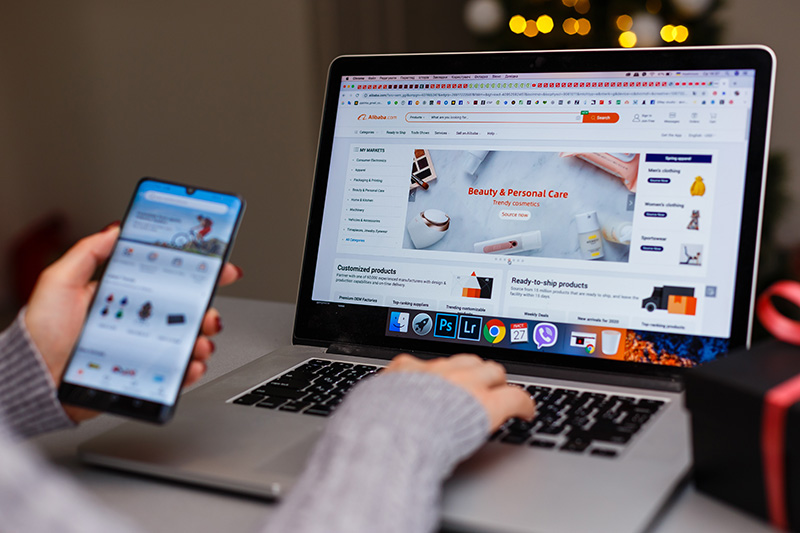
The process to checkout should be as straightforward as possible. Refrain from complicating the purchase process with complicated language or optional steps. Essential steps in the purchase process should kept clear and to a bare minimum.
Ensuring that your online store accepts multiple payment options is also crucial. Most online shoppers prefer to use payment options that they are familiar with and comfortable to use. Accept multiple payment options such as Debit/Credit Visa/Mastercard, PayPal, Stripe, Klarna or mobile money payments to cater to everyone’s preference.
Additionally, the checkout pages’ design should be consistent with the online store’s theme and overall UI design for seamless branding. This fosters customer trust, encouraging them to complete their purchase without second thoughts.
5. Ensure a High-Speed Website
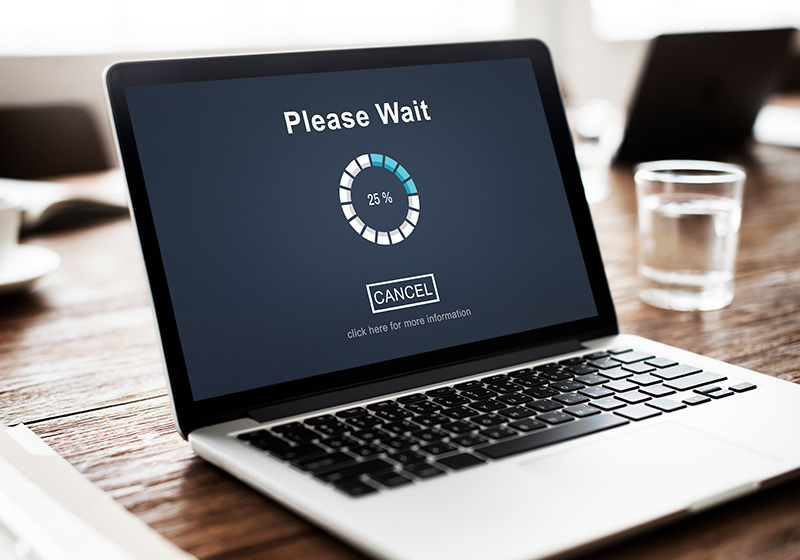
A significant aspect of e-commerce website design is ensuring the website loads quickly. The website should take at most three seconds to load. Slow loading speeds may lead to a high bounce rate, Where potential customers leave your online store without completing their purchase which in turn leads to lower conversion rates.
Ideally, the recommended page size for e-commerce websites should be under 3MB. Fewer, simpler design elements with faster loading speeds, infographics and videos, are the best to consider in optimising website speed.
6. Incorporate User Reviews and Ratings

Having a selection of reviews and ratings from past customers is an excellent way of showing prospective customers the quality of your products or services. Reviews provide a valuable feedback for digital store optimisation and increase social proof of your product or service quality.
Make sure reviews and ratings are easy to locate on your product pages, with easy functionality for customers to add or read reviews. Additionally, use credible third-party reviews sites such as Trustpilot or Yelp to enhance the store’s credibility further.
Conclusion

To ensure a successful sales conversion, the e-commerce website must incorporate an appropriate UI (User Interface)/Navigation design that appeals to the user. The right design should put users’ needs first, allowing them to navigate your website and choose their desired product or service easily.
Mobile optimisation, a simple interface, incorporating high-quality images, and a seamless purchase process should all be considered when designing an e-commerce website. Including user reviews and ratings may also boost your online stores credibility.
Optimising for all the best practices above guarantees that your e-commerce website caters to the users’ needs and ensures that it stays out from your competition.


